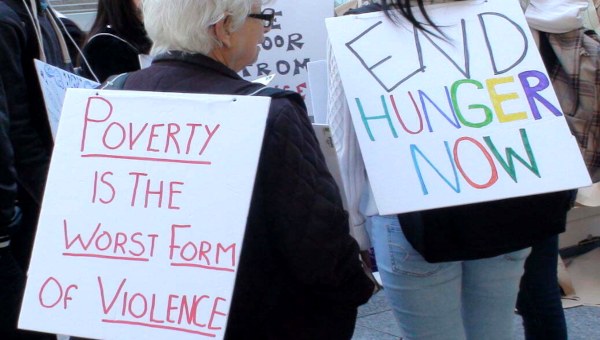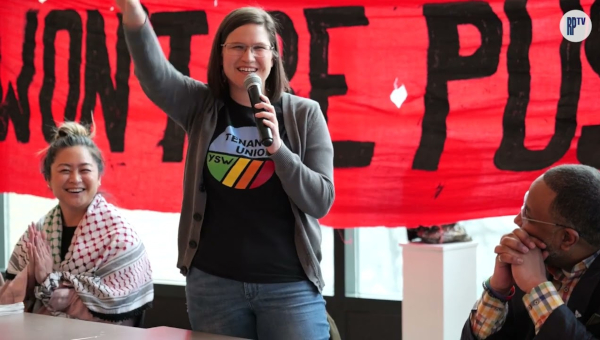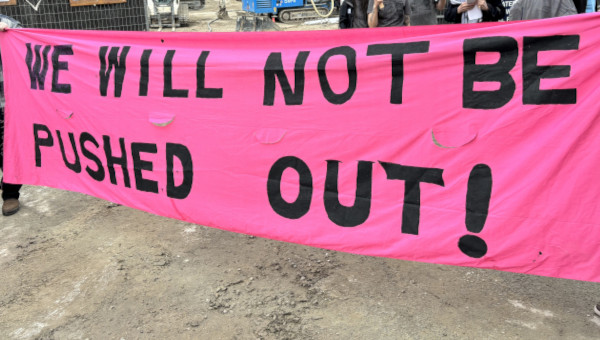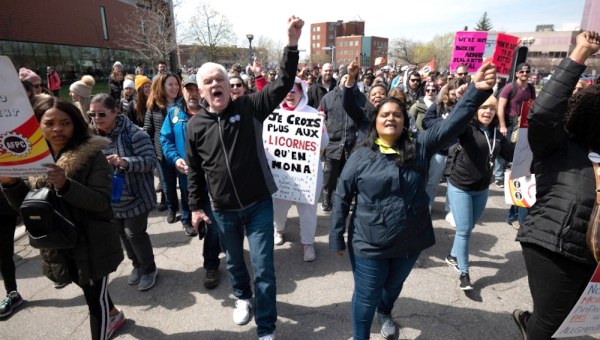What Happened to Ending Child Poverty in Canada?
Ending poverty is a policy choice. Government knows what needs to be done, they have the resources, so now we need political will and action. The national child poverty rate declined by 40 per cent from 2019 to 2020. That’s the greatest year over year decrease since the federal government promised to eradicate child poverty in 1989. Yet, nearly one in eight children still lived in poverty in 2020. That’s just shy of one million children.
These statistics were part of the key findings from the 2022 National Report Card, Pandemic Lessons: Ending Child and Family Poverty is Possible released by Campaign 2000 in February. The national non-partisan coalition monitors federal progress on child and family poverty.
These gains were realized thanks to temporary federal emergency and recovery pandemic benefits and one-time top-ups to existing income programs like the Canada Child Benefit.
Without these pandemic benefits, the child poverty rate would have been 20.8 per cent. That’s 1,542,090 children. Now the end to pandemic benefits means more children, as well as families, are once again facing a desperate future.

Lack of Movement in 2023
The reality is that the report card measures the lack of movement on the issue of ending child poverty on the part of the federal government because this is 2023, and child poverty was supposed to be made history in 2000. The Canada Child Benefit (CCB), long held up as a way to raise children out of poverty, no longer has the power to do that.
Little work has been undertaken by any level of government to address the root causes of poverty. That’s extremely unfortunate because we know that the only way to raise children out of poverty is to raise their parent(s) out of poverty.
In 2019, CCB reduced child poverty by 9.3 per centage points, but that dropped to 8 per centage points in 2020. With the current rate of inflation impacting rents, mortgages, and food prices, it’s doubtful we’ll see a decline in child poverty going forward.
“The lesson here is undeniable. Government transfers in the form of cash to families can reduce, and eliminate, income poverty, and it can be done quickly,” said Leila Sarangi, National Director of Campaign 2000 and co-author of the report.
“We saw significant reductions in rates of child poverty in every province and territory and in nearly every socio-demographic group we have data for. Emergency and recovery benefits, and one-time top ups to existing programs such as the Canada Child Benefit were largely responsible for the gains.”
Campaign 2000 members have been calling on the federal government to increase transfers to families living in poverty because the report shows the impact these investments can make.
Marginalized people disproportionately live in poverty due to ongoing colonization, racism, and systemic discrimination. Campaign 2000 is calling on government to design poverty reduction strategies and policies that specifically address and remove systemic barriers faced by Indigenous, Black, racialized, and immigrant communities.
Strategies and policies also need to address the issues faced by youth, people without immigration status, people with disabilities, and lone-mother led families – over one-third of children living in poverty live in single parent families, and most are female led.
According to Sabrina Teklab, Student and Family Advocate with the Centre for Resilience and Social Development, “Every day, we are seeing firsthand the negative effects of systemic marginalization in our communities and our institutions, and children are paying too large a price. Governments can and must do better to support marginalized and/or racialized youth in Canadian communities.”
It’s well documented that income and wealth inequality contribute to poverty. Policies governing the personal and corporate tax system are a means for the federal government to reduce these gaps and raise the funds needed for policies and programs.

“The government loses nearly $9-billion a year in tax revenue from corporate use of tax havens,” shared Inez Hillel, Economist and Co-Founder of Vivik Research. The co-author of the Pandemic Lessons report, Silas Xuereb, went on to say, “This is a lot of money that could go toward funding the recommendations we put forward in the report card.”
Instead, the federal government is seeking repayments for emergency benefits while families struggle and poverty rates rise.
Over 50 Recommendations
The report card is a sustainable, achievable, ongoing anti-poverty plan with over 50 recommendations to address inequality, income security, housing, childcare, decent work, and healthcare. The recommendations are well worth reading, but here are a few highlights to spark your interest:
- Address growing income inequality and generate revenue for poverty reduction programming by eliminating/reducing highly regressive and expensive tax loopholes, closing tax havens, taxing extreme wealth, and implementing excess profit tax focused on corporate pandemic windfalls.
- Establish a pan-Canadian workforce development strategy for the Care Economy with a focus on the most vulnerable workers. In long-term care, this strategy would include enhancing the new minimum standards to include enforceable standards for pay, working conditions, full-time staffing levels, and skills development support.
- Ensure operational funding of childcare programs with provincially/territorially set parent fees on a sliding scale from $0 to $10 per day.
- Allocate $20-billion a year in capital funding to the National Housing Co-investment Fund to build a minimum of 100,000 new non-market, non-profit units per year.
Campaign 2000 also released provincial report cards from partners in most provinces and territories.
Leila Sarangi, National Director of Campaign 2000, wants readers to remember the following:
“Ending poverty is a policy choice. Government knows what needs to be done, they have the resources, we now need political will and action.” •
This article first published on the Small Change website.





